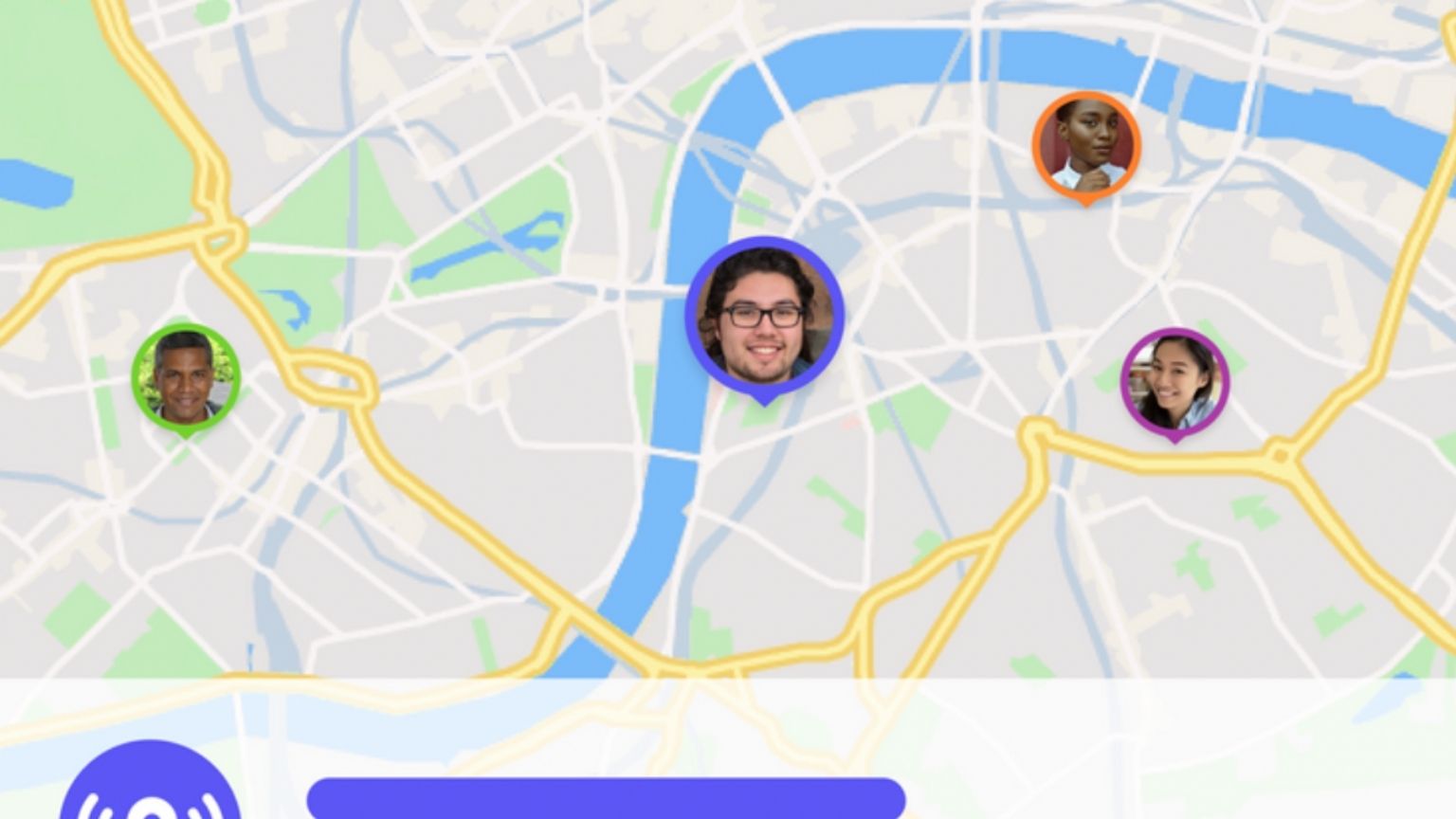The Element app – a free and open-source software messenger sitting on top of the Matrix protocol – has announced that it is launching end-to-end encryption (E2EE) location sharing.
Location sharing in online apps is a tricky business – on one hand, it provides convenience that most users crave, but on the other, it can be, and often is a privacy nightmare, complete with data mining, and tracking for the sake of infesting people’s devices with unwanted ads.
Needless to say an app like Element, whose main “claim to fame” is that it is better at privacy than others, as well as in letting people control and own their data, would be attempting to square this circle: provide users with location sharing, and at the same time protect them.
In announcing the new feature, developers behind the Element app (previously known as Riot) stress above all that it is opt-in, i.e., will not be “forced” as a default on users. They also paint the need to introduce location sharing as responding to popular demand, and for now, this option is available for Android and iOS devices, while for the moment on the desktop, Element can receive but cannot send locations.
A blog post explains how the new feature is activated in a chat, noting that the app will require more permissions to access the location of a device. The process seems straightforward and requires few steps, and will be available in Element “rooms” or in direct messages. Also of note is that the location shared in this way will be a static data point and will not change and follow the device as it gets moved.
Location data shared in an E2EE room will enjoy that same level of protection, but the blog post noted that map displays needed to show current location depend on tile servers. Element (and Matrix.org) use a third party called MapTiler, which they say they trust, privacy policy-wise, while this choice ensures that neither Element nor Matrix “have access to enough data to link location requests to individual usage patterns.”
That said, users can also choose another tile server by modifying configuration files.
Element says that it is currently used by 42 million individuals, companies and governments.
If you're tired of censorship and dystopian threats against civil liberties, subscribe to Reclaim The Net.









